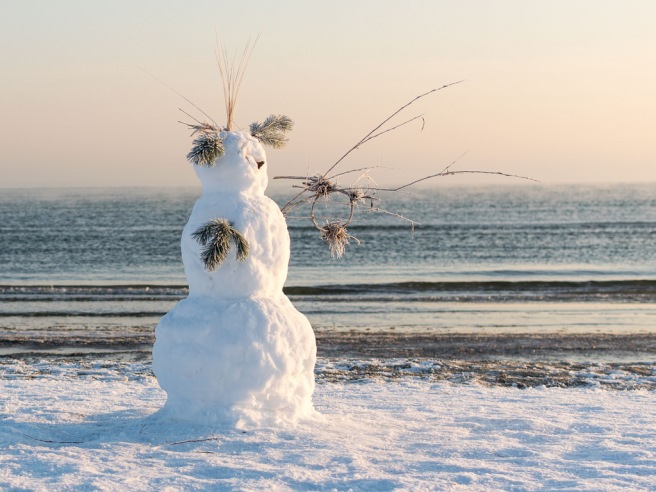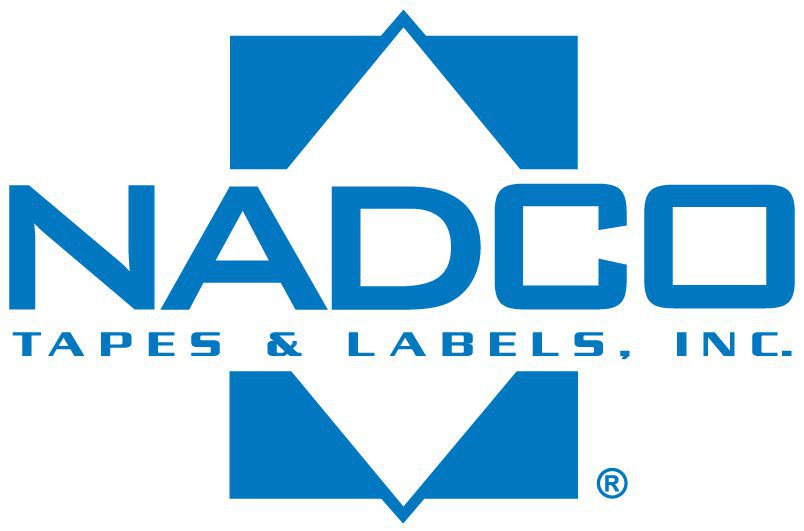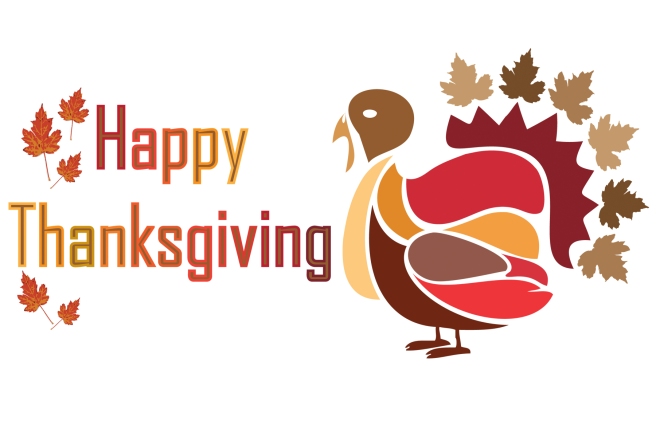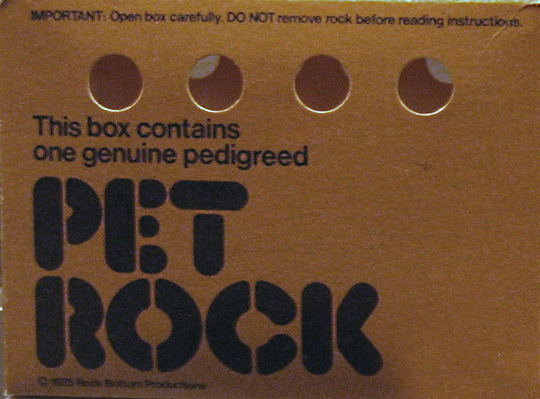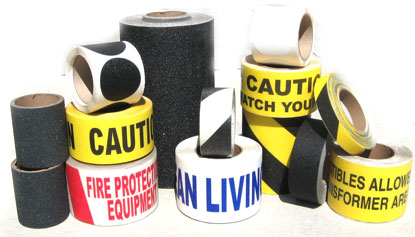As we enter into the last month of 2017, a dreaded date for some is December 21, the beginning of winter. Nadco is located in the Sunshine State of Florida, south of Tampa, and we very rarely get snow (flurries). Due to Florida’s low latitude and subtropical climate, temperatures cold enough to support significant snowfall are infrequent and their duration is fleeting. However, for those who think it never snows in Florida would be mistaken. The earliest recorded instance of snow in Florida occurred in 1774; being unaccustomed to snow, some Jacksonville residents called it “extraordinary white rain.”
With the exception of the far northern areas of the state and the Jacksonville area, most of the major cities of Florida have never recorded measurable snowfall, have only recorded trace amounts, or have only reported flurries in the air, usually just a few times each century. In the Florida Keys and Key West there is no known occurrence of snow flurries since the settlement of the region. While light snowfall occurs a few times each decade across the northern panhandle, most of the state is too far south of the cold continental air masses responsible for generating snowfall in the rest of the country. The mean maximum monthly snowfall in most parts of Florida is zero. The only other areas in the continental United States with this distinction are extreme southern Texas and parts of coastal southern California.
Still, we’re hoping for a little of the “white rain”.
